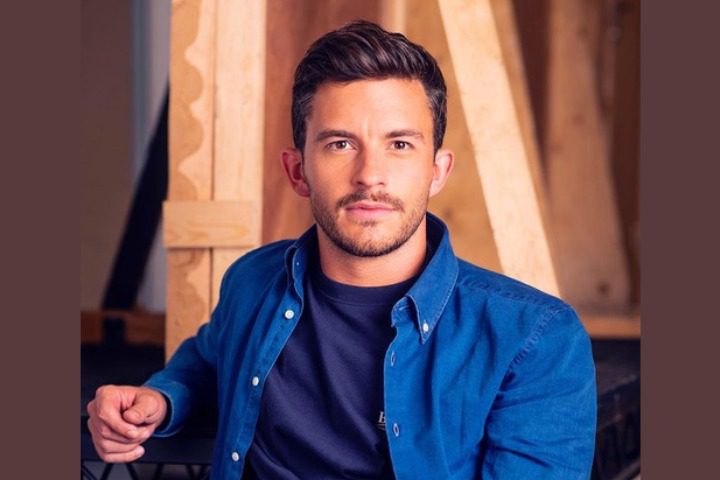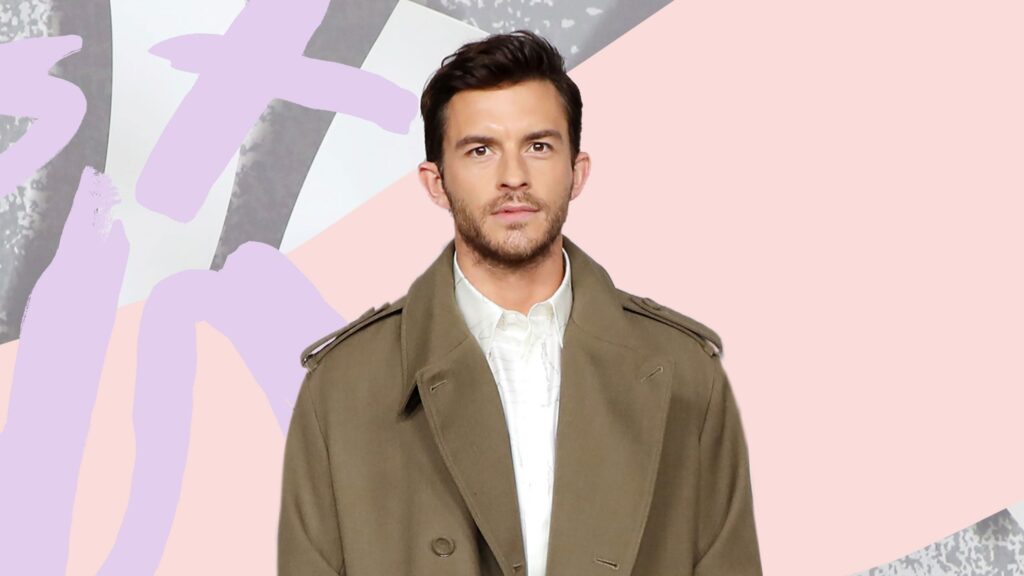In the quiet English village of Brightwell-cum-Sotwell, Jonathan Bailey’s early realization of his sexuality at age 11 marked the beginning of a challenging journey. Surrounded by a society that barely acknowledged, let alone accepted, LGBTQ+ identities, Bailey found himself navigating a world that seemed unprepared for someone like him. The media narratives of the time, far from being supportive, often portrayed the gay experience negatively, further deepening his sense of isolation and otherness.
Bailey, now a celebrated actor, recalls how his youth was marked by a lack of visible gay role models and a broader societal reluctance to accept diversity. This environment, where anyone deviating from the norm was not welcomed, shaped his early experiences and perceptions of himself. The absence of positive LGBTQ+ representation left him with few assurances or guides on how to navigate his emerging identity in a largely unaccepting society.
Overcoming Industry Stigmas and Embracing Visibility

As Bailey stepped into the world of acting, he encountered a different set of challenges. Despite the seeming progressiveness of the entertainment industry, he found that conservative attitudes towards sexuality were still prevalent, sometimes even among fellow gay men in the industry. Bailey’s conversations with industry peers often centered around caution and concealment, advising against coming out for the sake of career prospects.
These interactions reveal the complex dynamics within the entertainment industry, where one’s personal identity can be both a source of empowerment and a potential obstacle. Bailey’s experiences highlight the internal conflicts faced by LGBTQ+ individuals in navigating professional landscapes that are not always conducive to openness and authenticity.
Bailey, with his growing prominence, especially through his role in “Bridgerton,” began to advocate more openly for visibility and authenticity. He challenged the industry’s commodification of sexuality and emphasized the need for genuine representation. His stance on visibility not only reflects his personal journey towards self-acceptance but also serves as a beacon for others grappling with similar issues.
Despite his current comfort in being openly gay, Bailey recalls a time when such openness was discouraged. He shared an anecdote about a friend who received a homophobic remark from a prominent figure in the entertainment industry, which resonated deeply with him. This experience, among others, illustrates the pervasive stigma that still exists in many professional environments. Yet, Bailey chose visibility and authenticity over concealment, underlining his commitment to living openly and honestly.


